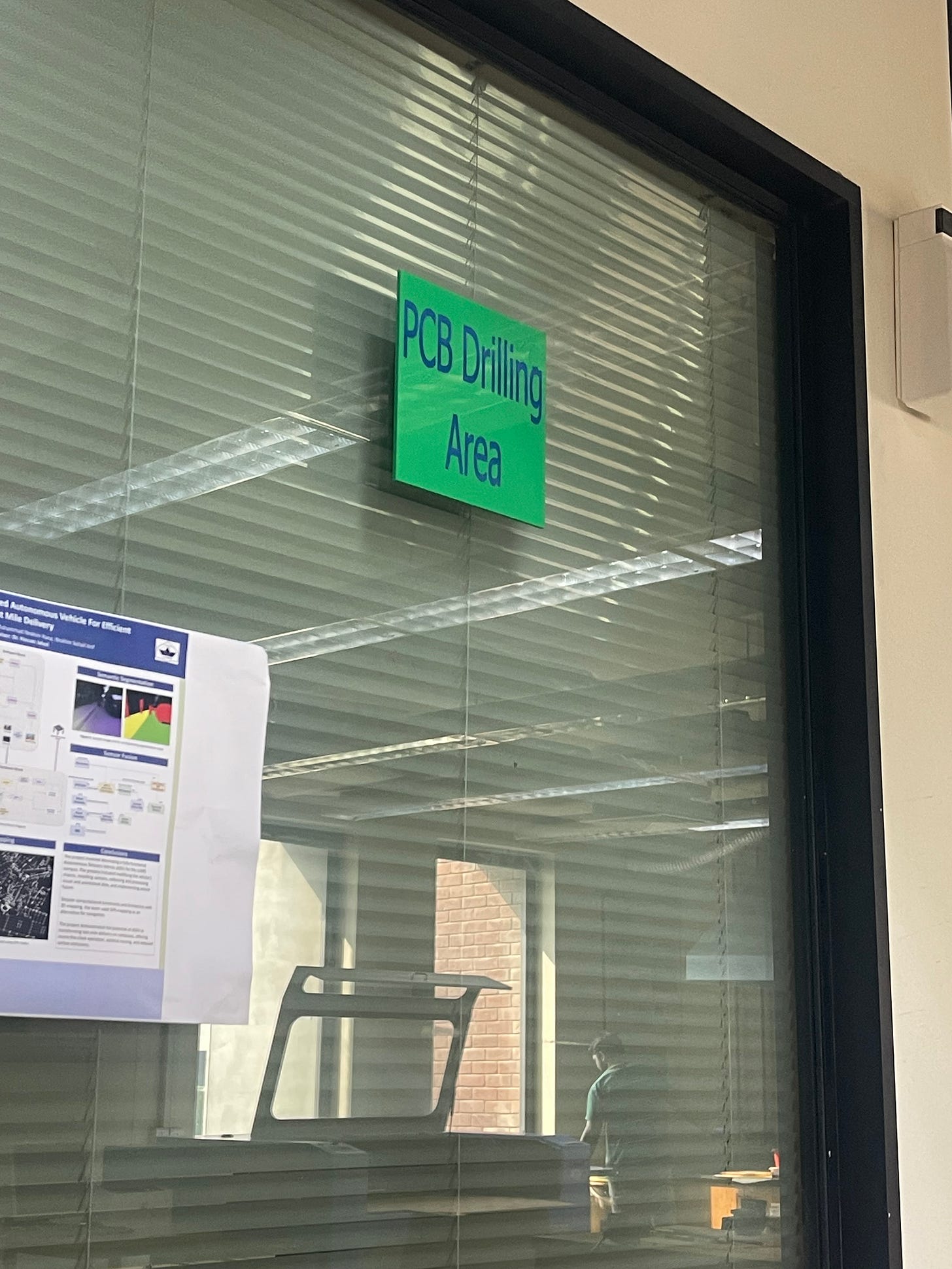Hello, curious minds!
This summer, I had the privilege of participating in a research internship called RISE at LUMS, where I explored the fascinating world of electrical engineering. One of the key lessons I learned was the importance of social interactions and networking. As my principal used to say, "Your network is your net worth." I met professors, students, and fellow interns, expanding my professional connections while diving into technical topics. Today, I want to share some insights on rectifiers, a fundamental concept that shaped the beginning of my internship journey.
What are Rectifiers?
Half-Wave Rectification
In a half-wave rectifier, only one half of the AC waveform—either the positive or negative half—is allowed to pass through to the output. This is typically achieved with a single diode connected in series with the load resistor.
Operation: During the positive half-cycle of the AC waveform, the diode conducts and allows current to flow, producing a positive voltage across the load. However, during the negative half-cycle, the diode blocks current, resulting in a pulsating DC output. The output waveform consists of a series of half-cycles, with gaps between the pulses where the voltage drops to zero.
Efficiency: While half-wave rectifiers are cost-effective, they are less efficient due to the significant ripple in the output voltage. The output is characterized by noticeable fluctuations, which may not be suitable for all applications.
Full-Wave Rectification
In full-wave rectification, both halves of the AC waveform are utilized, allowing current to flow through the load during both positive and negative half-cycles. This can be achieved through:
Center-Tapped Transformer: A center-tapped transformer with two diodes connects to the load resistor. Each diode conducts during one half of the AC cycle, ensuring continuous current flow.
Bridge Rectifier: Comprising four diodes, this circuit allows for full-wave rectification without a center-tap transformer. It effectively utilizes both halves of the AC waveform.
Output: The output waveform of a full-wave rectifier is smoother compared to a half-wave rectifier. By filling in the gaps between the pulses, it produces a higher average output voltage and significantly reduces ripple.
Key Differences Between Half-Wave and Full-Wave Rectification
Output Smoothness: Full-wave rectification yields a smoother output since it employs both halves of the AC waveform.
Efficiency: Full-wave rectifiers are more efficient in converting AC to DC as they make better use of the input waveform.
Components: Full-wave rectifiers require more components (like a center-tapped transformer or a bridge rectifier) compared to half-wave rectifiers, which typically use just one diode.
Average Output Voltage: Full-wave rectifiers generate a higher average output voltage by bridging the gaps between half-cycles.
Conclusion
In practical applications, the choice between half-wave and full-wave rectification depends on factors such as the required DC voltage level, efficiency, cost, and the complexity of the circuit design. Both types of rectifiers are essential for converting AC power to DC power in various electronic devices and systems.
Here are some pictures from my internship:
Quote of the Week: The best way to predict the future is to invent it
Alan Kay
Keep dancing through the cosmos of knowledge! Until next time, stay curious.









Wish I was there :(
Well done curious mind !!